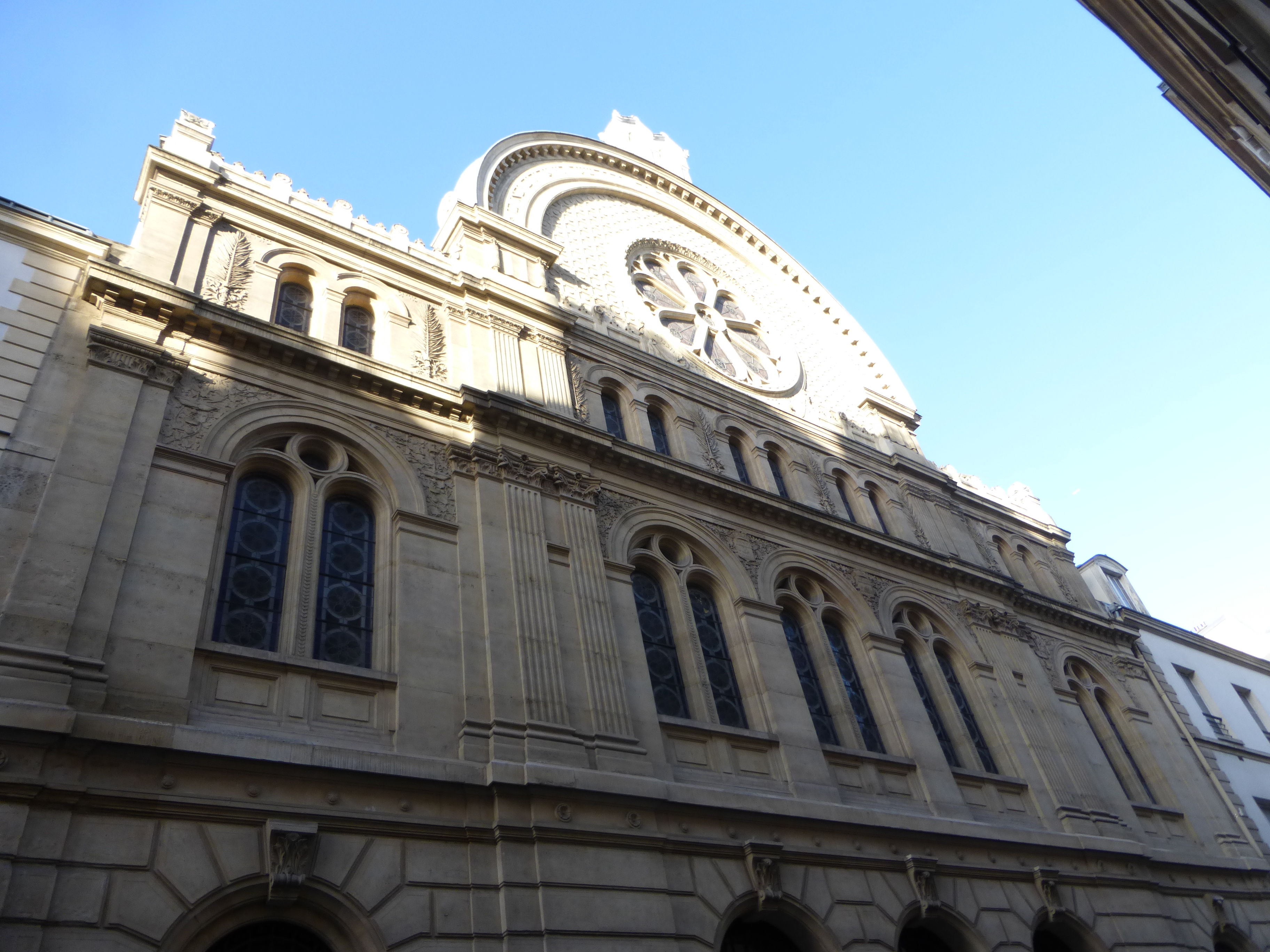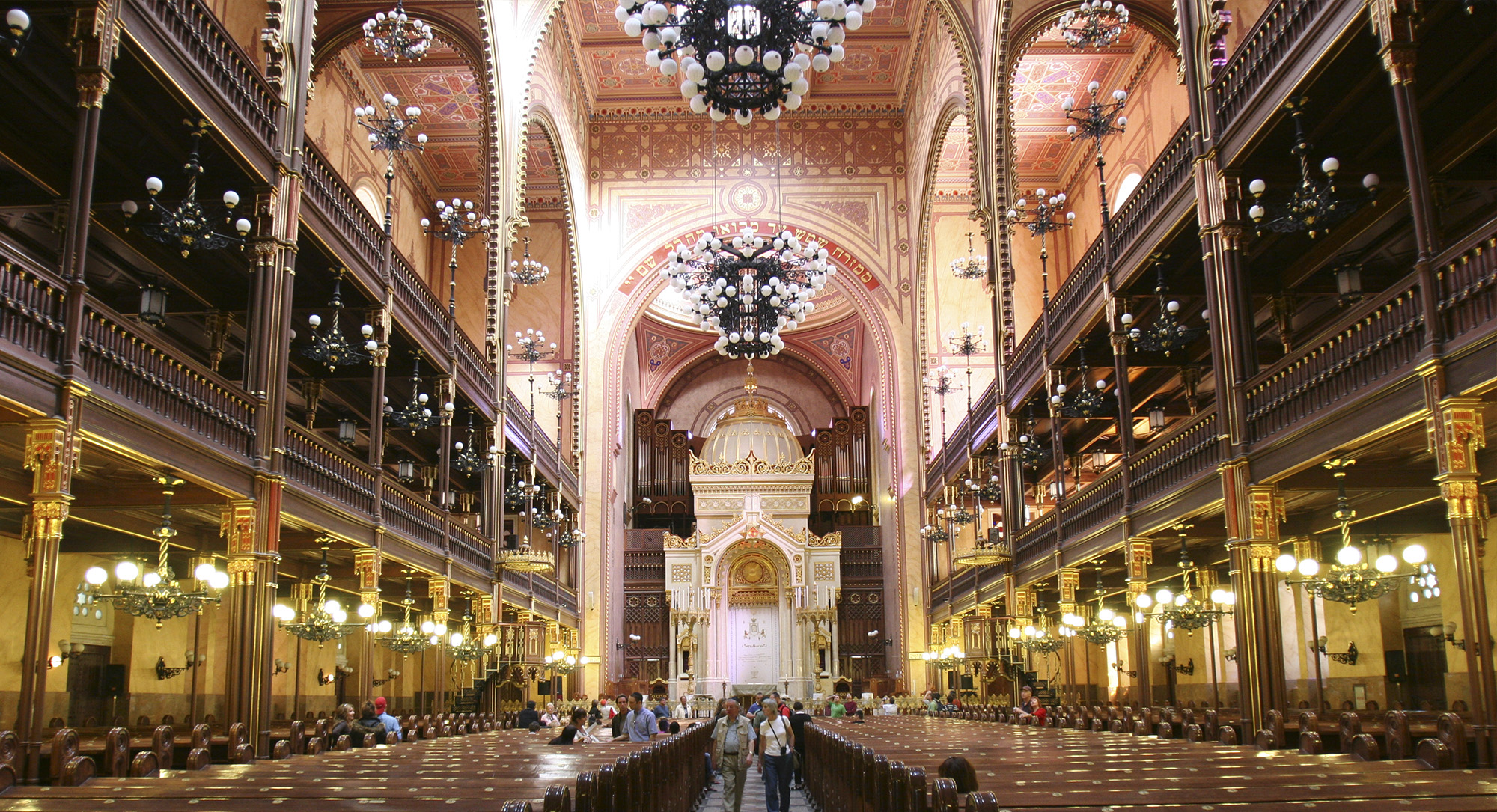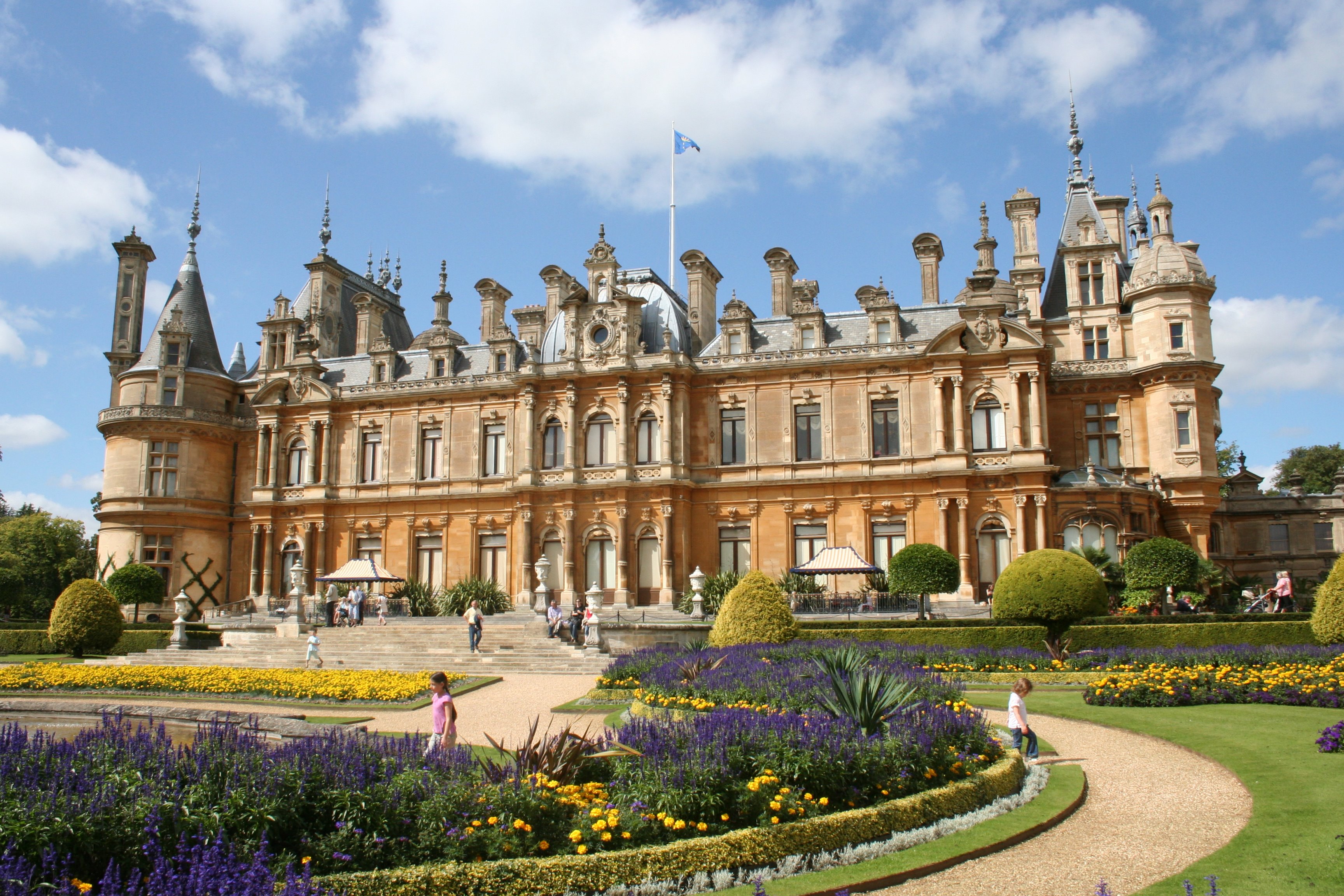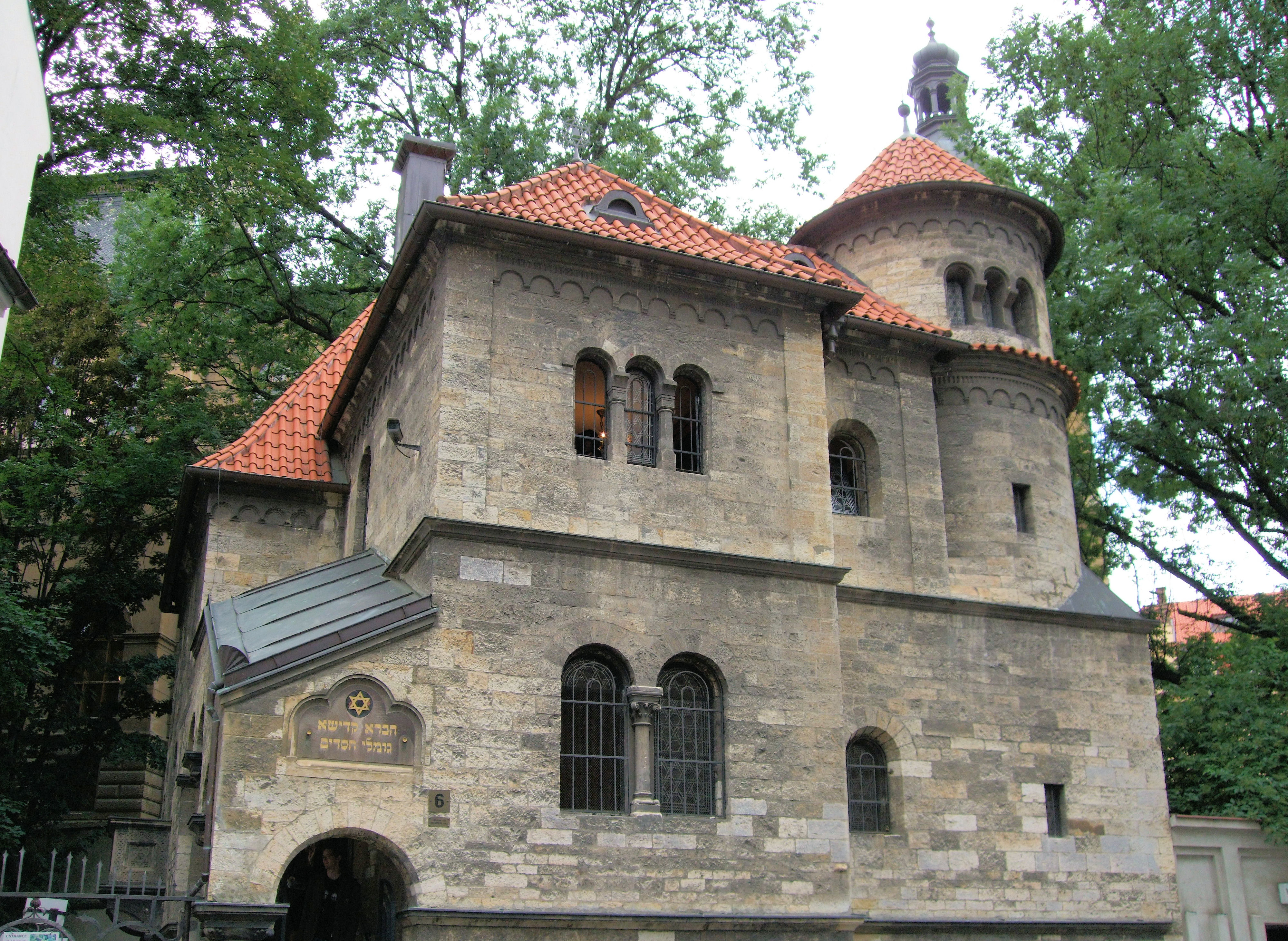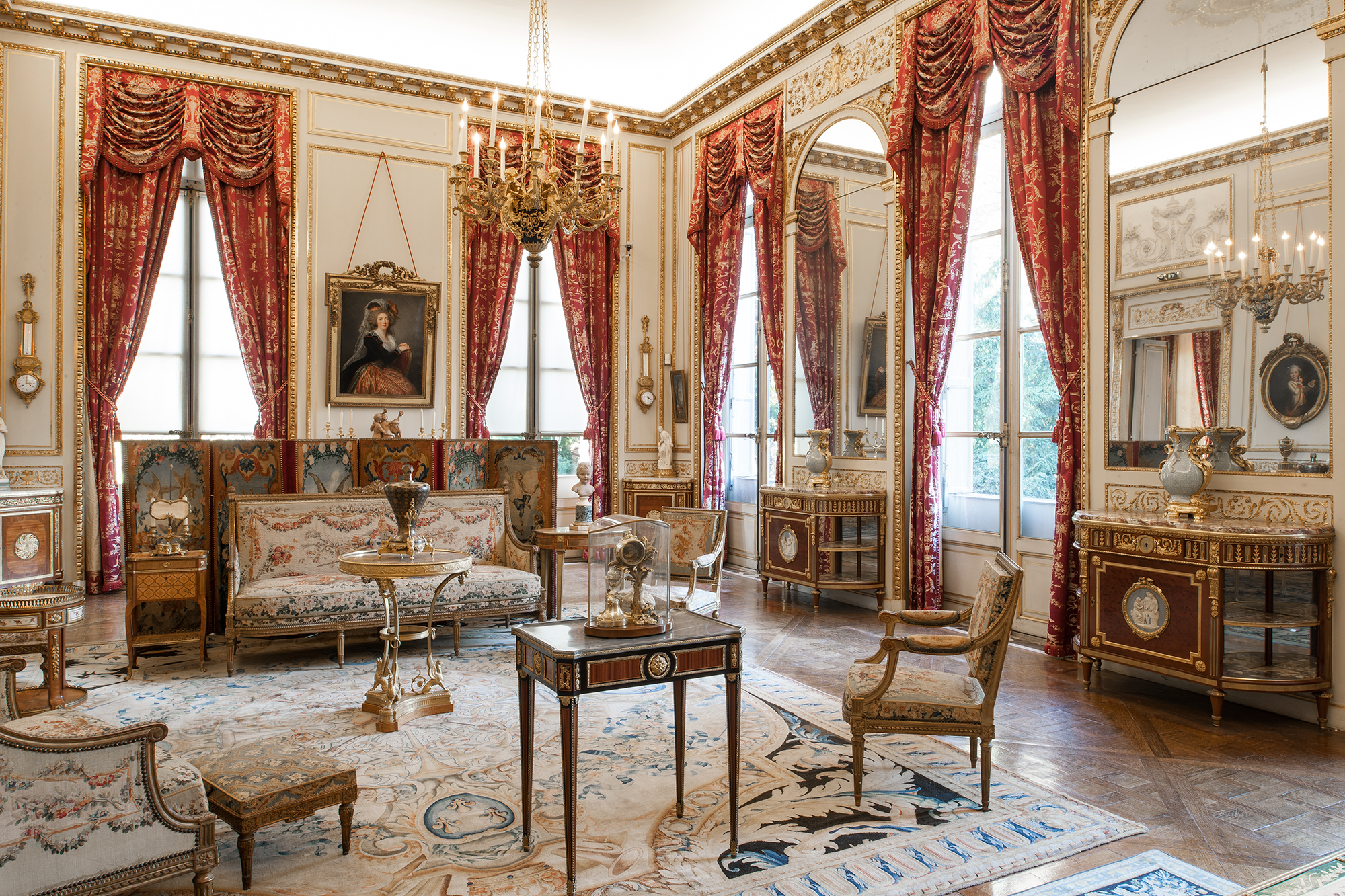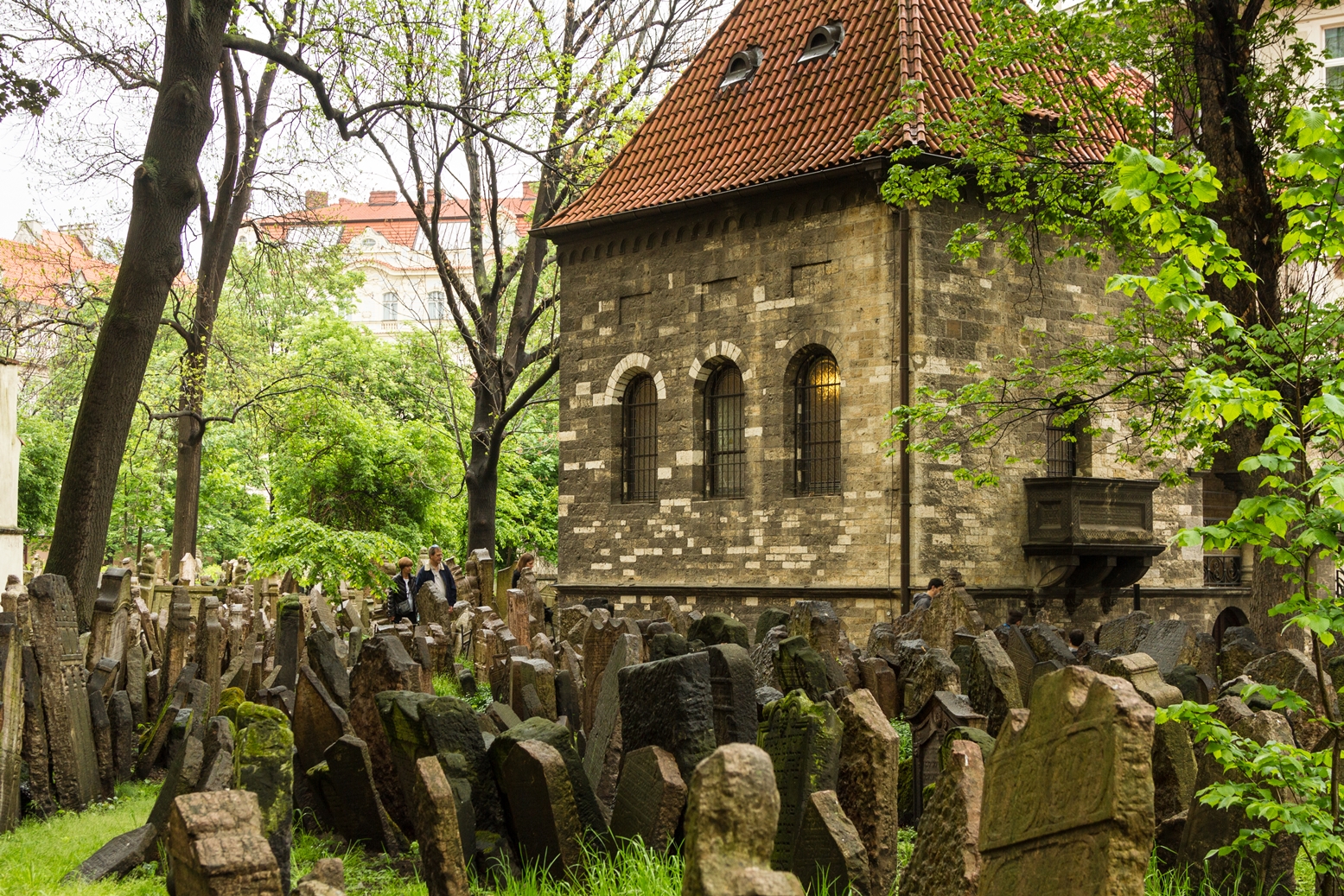Now, more than five centuries after Spain violently expelled its Jews, the country is having a revival of interest in its Jewish Sephardic heritage. In fact, Sephardic culture has been going through a boom-with conferences, music festivals and even restaurants specializing in Sephardic cuisine.
The biggest push has come from the Spanish government, which has created a network linking 15 medieval Jewish cities across Spain in an initiative known as “Caminos de Sefarad“ or “Sephardic Routes.” A trip to Spain is like walking in the footsteps of your favorite Sephardic heroes, whether they be Moses ibn Ezra, Samuel Nagrella, Jacob ben Aser, Halevi and Maimonides.
For Girona and other similar sized cities like Jaen in the south to Oviedo and Tudela in the north, there is a new pride in revealing and showing the Jewish past. Today, there are around 20,000 Jews living in Spain, and the country has come long way in reconciling with its anti-Semitic past. Nowadays, Spaniards can tune into Radio Sefarad, read Jewish publications and even watch a weekly cultural TV show called “Shalom.”
Jewish Barcelona
What remains in Barcelona today is but a remnant of the once-thriving Jewish culture that existed during Spain’s Golden Age. One of the main attractions that is still in existence is the ancient Call or Juderia and the main Synagogue of Barcelona.
Originally built during the fifth century, a new synagogue was later built on top of it in the fourteenth century and additional floors were added to the building through the subsequent centuries. Despite being one of the oldest synagogues in Europe, the Sinagoga Mayor was forgotten and abandoned until the 20th century. It was even used at one time as a storage warehouse and as a dry cleaner!
While there is little that remains of the former Jewish ghetto or Call of Barcelona, our guide is able to bring the history and culture of the quarter back to life.
Lying just outside Barcelona proper are two other ancient Jewish sites. The first is the ancient cemetery of Montjuic (lit. Jewish mountain) located on the western edge of the city. The ancient cemetery houses the last remains of some of the most notable members of the pre-expulsion Spanish community and is officially a city park.
This visit can be combined with the old city of Girona, approximately 60 miles northeast of Barcelona. While there are few, if any, Jews currently residing in Girona, this small city was once the home of the great Jewish sage Maimonides who defended the Spanish Jews in the thirteenth century at the Disputation of Barcelona.





Jewish Girona
When you visit this Medieval Catalan city, you are visiting one of the oldest and most intact Jewish quarters in all of Europe, 100 kilometers north of Barcelona. The “Call” – Girona‘s Jewish community– existed from the 9th century to the later years of the 15th century. Moreover it was one of the most important centers of Kabbalistic learning in all of Europe. It was also once the home of the great Jewish rabbi and philosopher, Moses ben Nahman – Nahmanides (Ramban 1194-1270).
European Jewish Heritage Tours’ local guides provide an enlightening walking tour through the narrow cobblestone lanes, high stonewalls and step streets of the Call de Girona, allowing you to see both private courtyards and gardens. The tour departs from the Centre Bonastruc ça Porta, an institute of Jewish learning built around the old Synagogue on Carrer de la Força, the main artery of the medieval quarter which has remained amazingly intact over the centuries.
Following this walking tour, visitors will tour the Museu d’Història dels Jueus (Jewish History Museum) – which has developed a map of the maze-like streets and hosts small exhibits on Carrer de la Força. Containing the most accurate, information about medieval Jewish communities in Spain, particularly those in Catalonia, the museum’s exhibits provide a picture of daily life in the quarter, Jewish traditions and the region’s most influential calls. The Hebrew lapidary (tombstone) collection is considered to be one of the finest in the world.
Not to be missed is the new cultural complex – Bonastruc Ca Porta Centre – which recreates Sephardic Jewish life through musical events and food tastings. A visit can also be arranged to the Institute for Sephardic and Kabbalistic Studies, which hold important medieval Jewish manuscripts. (Our visit of Girona can be done in a half-day; you can reach the city by private car or by train, depending on your budget).
(*If you have time, we will arrange for you to see the nearby Medieval town of Besalu, which has preserved a 12th century mikvah -one of the oldest in Europe.)
Our leisurely full-day walking tour in Girona includes the following:
In the morning, you will start with the walking tour of Girona- Medieval town: you will visit the entire historical center, including the entrance to the Sant Feliu church. Our guide will also show you the city walls, the Cathedral, the ancient University, the medieval quarter and the Rambla. After a two-hour break for lunch and shopping, our second walking tour will start at 2 pm. It centers around Girona’s Jewish history, and includes an exclusive walking tour around the Jewish quarter, which is the largest and best preserved in Europe: The Call, integrates the Bonastruc ça Porta Center and its surroundings, which have the most significant architectural interest. Our local guide brings to life the hubbub of activity that was in the 14th and 15 centuries, when the Girona Call was one of the most vibrant districts in Europe. This part of the tour also includes a visit to the Museum of Jewish history.
Jewish Segovia
The hilltop city of Segovia, which has been named a UNESCO World Heritage site, is two– hours north of Madrid by train. It is also cooler than Madrid in the summer -which is why it attracted the Spanish court, and still attracts tourists today.
There are two bridges in Segovia, according to its Mayor: one is the renowned Roman aqueduct, the other is to the city’s Jewish past. Not everyone knows that Segovia has one of the biggest Juderias in all of Spain.
European Jewish Heritage Tours organizes visits to the old Jewish cemetery with gravestones that go back to the 11th century. The black iron fence that runs the length of the walkway protecting pedestrians from the steep drop is decorated with abstract candelabras— menorahs alerting to the special nature of the ancient site.
Also on the tour is the former major synagogue of Segovia -now transformed into the Corpus Christi Church. Similar in structure to Toledo’s Santa Maria del Blanca, its interior is set off with graceful horseshoe arches and a cedar ceiling. It’s a beautiful testimony to the former wealth and culture of the Jewish community in Medieval Segovia.
Lastly, you will visit the spectacular hilltop Alcazar fortress that gave Segovia its name -“Ship of Stone”. It was here that King Ferdinand and Queen Isabella signed the 1492 order expelling Jews from Spain. Rapunzel towers, turrets topped with slate witches’ hats and a deep moat at its base make the Alcázar a prototype fairy-tale castle, so much so that its design inspired Walt Disney’s vision of Sleeping Beauty’s castle. Fortified since Roman days, the site takes its name from the Arabic al-qasr (fortress). Highlights include the Sala de las Piñas , with its ceiling of 392 pineapple-shaped ‘stalactites’, and the Sala de Reyes, featuring a three-dimensional frieze of 52 sculptures of kings who fought during the Reconquista. The views from the summit of the Torre de Juan II are truly exceptional.

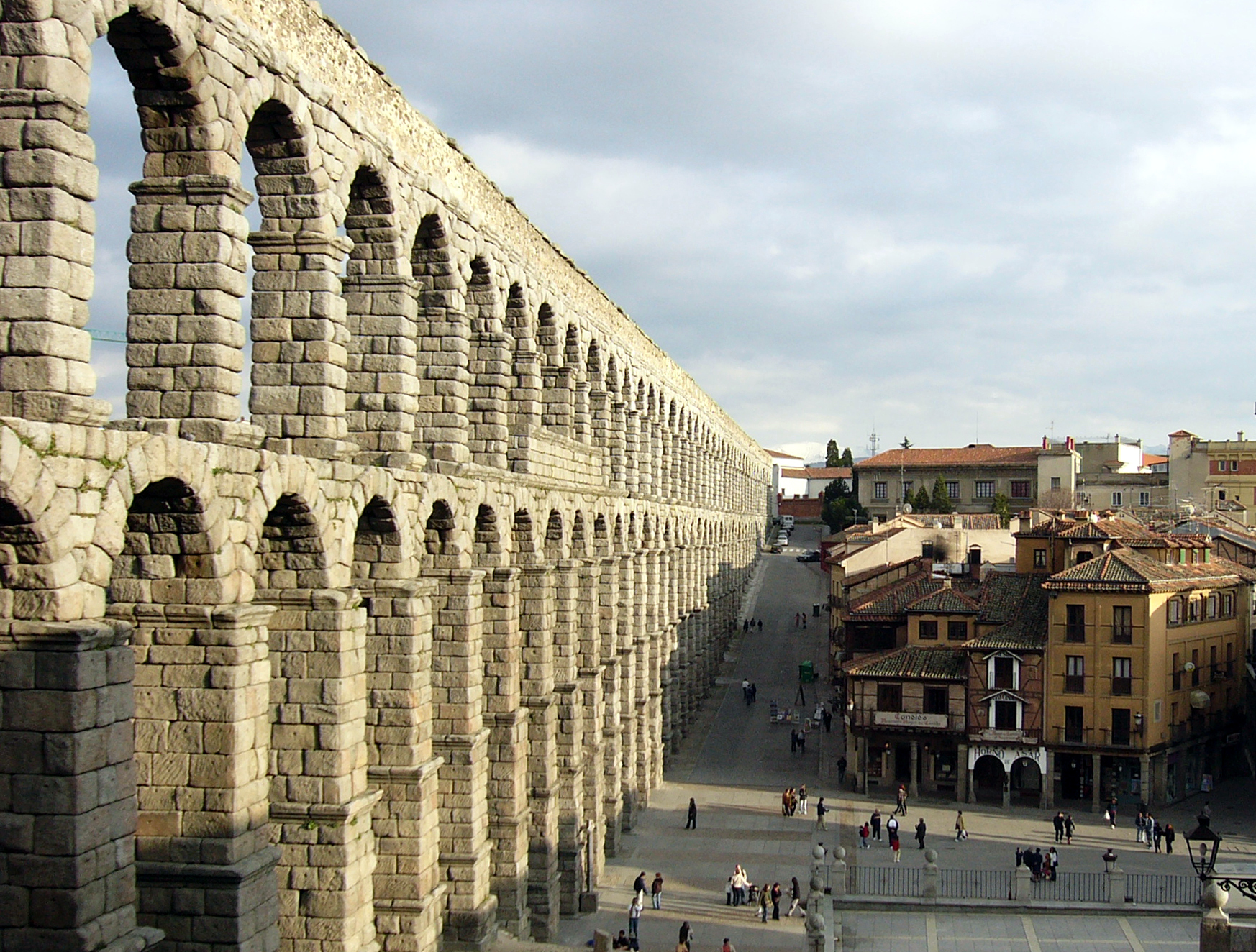

Toledo and Its Jewish Past
For more than two millennium, the city of Toledo has sat on the top of a granite hill surrounded like a horseshoe by the River Tagus, just 40 miles from Madrid. The present day Alcazar stands where there was once a Roman fortress. Jews were a part of Toledo’s history since the last years of the Roman occupation in 192 BCE.
The Jews co-existed peacefully with the Romans and were always an important part of the city. They became known as money-lenders, merchants of fine textiles and precious metals, as well as intellectuals who were generally well-respected by other residents of different faiths. For centuries, scientists, philosophers, poets and artists of widely differing backgrounds met in Toledo to exchange ideas.
Christians, Jews and Moslems, three ethnically distinct communities, lived together in the city until the conquest of Cordoba in 1085. In Toledo we find street names such as Calle Juderia, and Calle Samuel Ha-Levi among the small narrow streets of the medieval area. With its naturally fortified location, Toledo was once the true center of Spain, and is widely considered a “pearl” in terms of its subtle beauty. This city was also considered the center for Jewish Spain, with a rich, creative heritage. You will feel this atmosphere as you stroll the narrow alleys in its historic section.
Toledo is one of the few towns of Spain where remnants of Jewish edifices have been preserved. These two synagogues are built in pronounced Mudéjar style and are distinguished for the beauty of their arches and general appearance.
With European Jewish Heritage Tours, you will visit El Greco’s house, formerly the palace of the prominent Samuel Halevy (treasurer of King Pedro I, and architect of the El Transito Synagogue). You will then tour the Sinagoga de Santa Maria La Blanca, later converted to a church, and the Sinagoga del Transito, which today houses the fascinating Sephardic Museum.
Jewish Seville
Seville is the artistic, cultural, and financial capital of southern Spain. It is the capital of the community of Andalusia and its population of 700.000 people. Today, less than 3% of that population is Jewish, even if many centuries ago, Jews were a prospering community in the city.
All around the city, European Jewish Heritage Tours local guide will show you many different influences starting with the Romans, who created the city in 563 BCE. Many years later, the Visigoths brought Christianity to Seville and the series of Church Councils. Then, during the Arab occupation, Seville emerged as the second most important city, after Cordoba, in the Umayyad Caliphate and became a wealthy, picturesque and vibrant society helped by the Jews who lived there and were engaged in commerce, medicine and the dyeing industry.
The Jewish quarter was in the western part of the city, in what are now the parishes of Santa Magdalena and San Lorenzo. During the Reconquest of Spain, many Muslims and Jews fled from Seville because the city was repopulated by Castilians. Seville became the first site for an Inquisition Tribunal. In 1391, disaster struck in Seville and the entire Jewish community was nearly destroyed and the synagogues were converted to churches. The once vibrant community never recovered and along with the other Jews of Andalusia, they were exiled in 1483, nine years before the final expulsion.
Despite several disasters and destructions, you will still be able to visit, the parishes of Santa Magdalena and San Lorenzo, but also the al-Shawwar Gate, known as the Meat Gate (Puerta de la Carne). The main streets of the Jewish quarter nowadays are called Santa María la Blanca and San José. The square called plaza de Santa María la Blanca with its synagogue of the same name, is not to be missed either. The Inquisition in Seville was organized in Triana Castle. And finally, to remember the Jewish history of Seville, you can also visit the Jewish cemetery near the Puerta de la Carne.
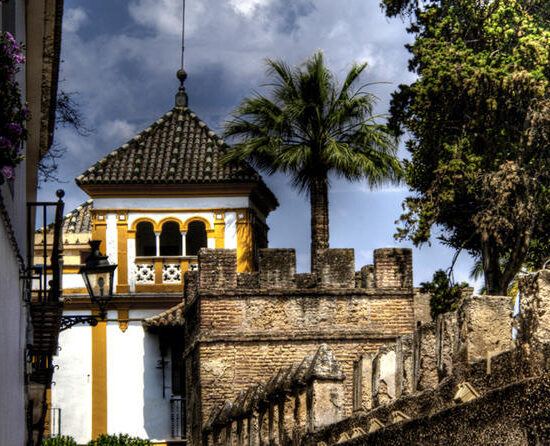


Ship to Shore Tours in Jewish Spain
f you want to discover Jewish Spain on a private ship-to-shore tour, European Jewish Heritage Tours can arrange for a private driver and guide to meet you at the port to show you the Jewish sites of Barcelona and Girona in a single day, or visit Jewish sites in Seville with a pickup in the port city of Cadiz. We also can arrange ship-to-shore tours in Bayonne, France, even if you stop at a port in Spain.
